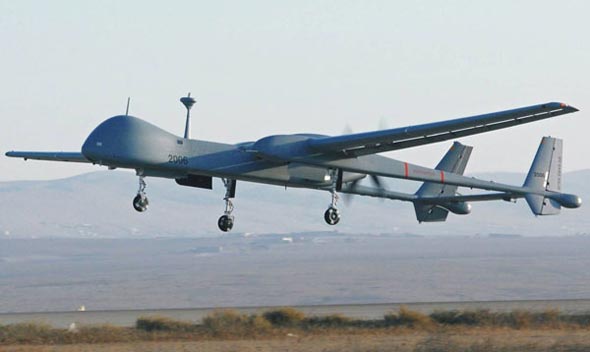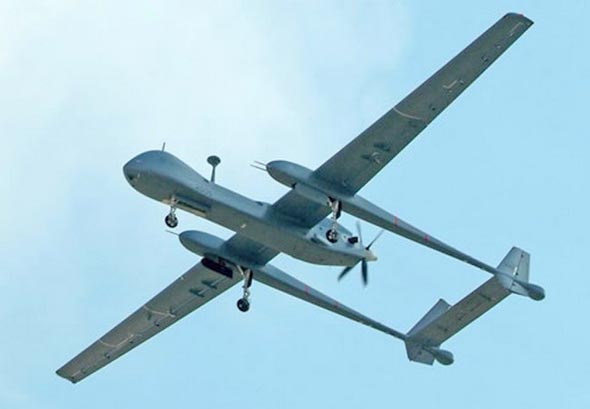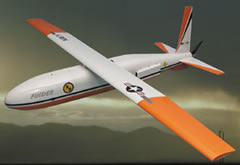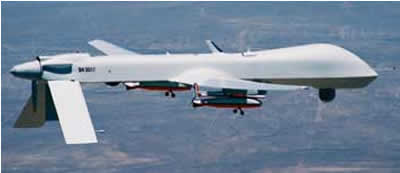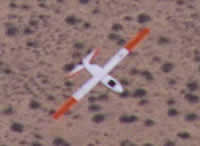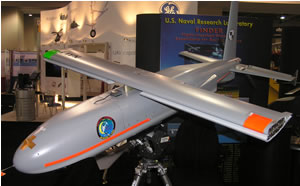By all means it’s all over bar the shouting and latest US National Intelligence Estimate (NIE) 2007 will have given Washington a painful shot in the leg, a remarkable achievement, which has doubtlessly caused the Tehran Mullahs a hearty Persian laugh! An exultant Iranian spokesman, Gholam-Hossein Elham already hastened to claim Tuesday, that US accusations about Iran’s peaceful nuclear activities were “mere lies”, stressing that they should “pay the price” for their baseless accusations.
Vice Admiral John Michael McConnell has become director of national intelligence only last February and is the person within the U.S. administration in charge of the CIA and 15 other intelligence agencies. The shock waves from the US intelligence report, revealing that Iran had put its bid for a nuclear bomb on hold in 2003, in contradiction of its previous 2005 assessment, are already touching other countries and have caused considerable concern among the Israeli defense community.
The surprising news which was kept closely secret took even political circles in Washington by storm when it was released by national security adviser Stephen Hadley and a bevy of senior intelligence officials on Monday (December 3, 2007). In the Persian Gulf region itself the news traveled at lightning speed. Only few days after the high-profile Annapolis Theatric show, the Iranian president Mahmoud Ahmadinejad was invited for the first time to the Gulf Arab Summit – meeting of six Gulf Cooperation Council leaders which opened in Doha last Monday. His warm welcome by the “moderate” Sunni Arab rulers, including Saudi King Abdullah, clearly indicated total bankruptcy of Bush’s dubious policy, trying to draw a distinction between “radical” and “moderate” Middle East governments.
As for the intelligence assessment itself, it will hardly stand up to serious criticism; however it will undoubtedly have a significant political impact.
Let us examine a few points in some detail:
The document’s eight pages, which include embarrassing instructions on how to differentiate between different assessments, clearly indicates that the Americans have no understanding of what is really happening in Iran’s nuclear program. It seems, based on the somewhat apologetic phrasing of the review, that US Intelligence have no solid information from reliable, high-level agents inserted into the Iranian administration, which leaves this important report with nothing more than a mix of unsubstantiated guesswork. In Rumsfeld’s famous words,” we don’t know what we don’t know”.
That such a report could have been published at this critical timing, only days after the Annapolis summit, must indicate CIA’s anger at the Bush administration over its recent highly embarrassing investigation into CIA sordid performance preceding Operation Iraqi Freedom. It seems that the CIA and the rest of the US intelligence agencies are ready to go to great lengths, that no less than 16 different intelligence agencies, usually at each other’s loggerheads, agree to reveal such a controversial, if not absolutely catastrophic document, just days from the Annapolis summit, in effort to derail any repetition of another Bush initiated military campaign, for which they will be accused for providing insufficient reliable intelligence. Furthermore, the report, already reverberating in the Persian Gulf, is rapidly eroding any attempts by the Bush Administration to encourage the so-called “Moderate Sunnis” into forming an anti-Iranian axis under Washington’s leadership.
In fact the “moderate” Arab front against Iran, so proudly presented by US Secretary of State Condoleezza Rice and prime minister Ehud Olmert, melted away in Doha into nothing within days, by ‘grateful contribution’ of the CIA! If nothing else, the “wizards” of Langley must have gone completely nuts these days.
Of course, the CIA trauma is understandable: Before the 2003 Invasion of Iraq, the fiasco that was revealed recently, by Bob Simon’s 60 Minute show said the United States claim, that Iraq was producing biological weapons were based almost entirely on fabricated accounts from a defector, a student impersonating as “weapons expert”, who was described as crazy by his German intelligence handlers and a congenital liar by his friends.”
But the most astonishing revelation related to the report was a statement issued by one of the intelligence spokesmen during Monday’s press conference. It claimed that for all of the effort spent trying to determine the scope of Iran’s nuclear weapons program, it was a recent media visit to Iran, that “helped” the intelligence community reconsider its assessment of the program.
The Robb-Silberman Commission, which investigated what the Intelligence Community knew about WMD programs around the world, stated in its 2005 report: “Across the board, the Intelligence Community knows disturbingly little about the nuclear programs of many of the world’s most dangerous actors. In some cases, it knows less now than it did five or ten years ago”.
No less than four senior intelligence officials spoke at Monday’s briefing, on condition of anonymity, because of the sensitivity of intelligence collection, which differed dramatically from one from 2005. However, the earlier estimate said Iran’s secret nuclear weapons program remained in place. But all four officials said information that has emerged recently indicates the Iranians halted their secret program less than 12 months before the 2005 estimate was prepared. This in itself is remarkable: if indeed the Iranians had actually halted their secret project twelve months BEFORE the 2005 report- then on what intelligence was that report based then?
In a footnote to the “Estimate” quotes: “Iran’s declared civil work related to uranium conversion and enrichment – really doesn’t have anything to do with nuclear weapons”. Such a statement seems highly absurd, when it is well known, that uranium enrichment process is the basic element towards a dual nuclear development-including weapon grade material.
Officially in 2005 the US Intelligence Community (IC) was convinced that Iran was determined to build a nuclear weapon and now it is not sure at all. This indicates a profound change in opinion and, at a minimum, does not inspire confidence that the IC can get this story right this time. After all, if the IC’s judgments can change so drastically in two years time, why should one believe any of its pronouncements one way or the other?
It must be said, however critical one regards the report, that there is some reason in the assessment, that Iran has actually halted its covert activities in 2003. An Israeli analyst said that when in March 2003 the USA invaded Saddam Hussein’s Iraq, winning its powerful lightning campaign, the Iranian clerical establishment was severely shocked by the American unexpected move. This, and not the international pressure which, back then was aimed primarily at Iraq, could have intimidated the previous Iranian leadership to halt their nuclear program, in anticipation to military developments inside Iraq. But when they realized that Washington was inundated in endless bloodletting (supported and encouraged by Tehran), Ahmadinejad, once elected president, decided to go ahead with a top secret program, starting with an ambitious uranium enrichment process at Natanz, which was later exposed by an Iranian opposition group report. Some analysts even predict that, as in the still enigmatic Syrian – North Korean case, Iranian elements might be working in clandestine, virtually behind the backs of the Ayatollahs. (It is known, that some of the clerics still adhere to Khoumeini’s legacy not to enter into nuclear weapons as it contradicts Islamic faith scriptures). However, Mahmoud Ahmadinejad, who considers himself “messenger” of the 12th Imam, firmly believes that Armageddon (known in Islam as Al-Malhamah Al-Kubrah) is the answer to his ultimate return to save Islam from the infidels.
Iran and its radical Islamic fundamentalist regime, is a devious enemy, determined in their pursuit of any goal aimed to enhance their regional, if not global strategy. Why then would the Iranians abandon a highly prestigious program that had been in the works ever since the late 1980s and which, its leaders repeatedly call top national priority?
Why then would anyone take the present document seriously, when in his right mind to believe, that the Shi’ite mullahs are rational, when they officially maintain an unprecedented radical attitude towards the destruction of Israel and hurt the United States of America, wherever they can?
As the matter stands, its would seem reasonable, that Tehran has decided it has nothing more to fear from the US and so why bother with further engagement over its nuclear program? Indeed, Deputy Foreign Minister Saeed Jalili, the dour official who took over negotiations from the urbane Ali Larijani, did not mince his words with EU representative Javier Solana recently. Jahili was quoted as saying: “There is no longer an Iranian nuclear problem”.

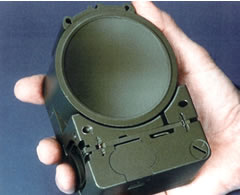


 In January 2007, the group announced that it had changed its name to Al-Qaeda in the Islamic Maghreb. Soon after, the resurgent group went on the offensive April 11, detonating two car bombs. One car bomb exploded close to the prime minister’s office in Algiers, resulting in the death of 33 people and more than 150 wounded. In September the AQIM targeted President Abdelaziz Bouteflika himself, when a suicide bomber blew himself up in the middle of a crowd waiting for the Algerian president.
In January 2007, the group announced that it had changed its name to Al-Qaeda in the Islamic Maghreb. Soon after, the resurgent group went on the offensive April 11, detonating two car bombs. One car bomb exploded close to the prime minister’s office in Algiers, resulting in the death of 33 people and more than 150 wounded. In September the AQIM targeted President Abdelaziz Bouteflika himself, when a suicide bomber blew himself up in the middle of a crowd waiting for the Algerian president. The Algerian GSPC is led by Abd Al-Wadoud, whose real name is Abdelmalek Droukdal, whom a top secret French intelligence report classified as the main terrorist threat to France and Europe. In fact, never in the past has Al-Qaeda had such a solid territorial base in such proximity to Western states, and it has already threatened to employ this base to attack Europe.
The Algerian GSPC is led by Abd Al-Wadoud, whose real name is Abdelmalek Droukdal, whom a top secret French intelligence report classified as the main terrorist threat to France and Europe. In fact, never in the past has Al-Qaeda had such a solid territorial base in such proximity to Western states, and it has already threatened to employ this base to attack Europe.
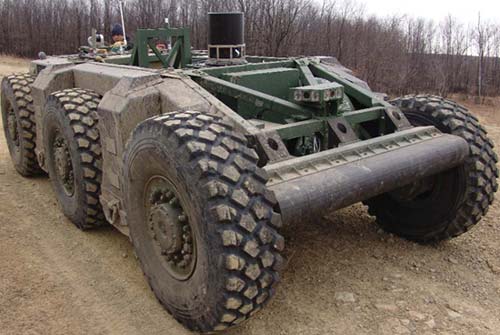
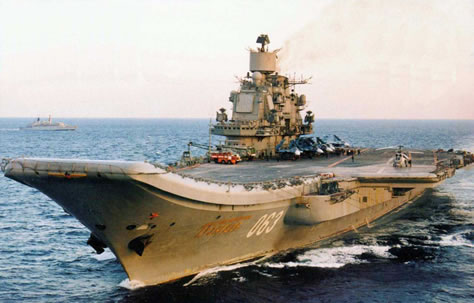


 But making matters even more complicated for NATO, the Kremlin has also decided to send a sortie of warships to the northeastern Atlantic. No less that eleven vessels from the Northern Fleet have set sail on a range of voyages that will cover much of the globe. Extending to more than 12,000 miles they are scheduled to enter ports of six countries in 71 days.
But making matters even more complicated for NATO, the Kremlin has also decided to send a sortie of warships to the northeastern Atlantic. No less that eleven vessels from the Northern Fleet have set sail on a range of voyages that will cover much of the globe. Extending to more than 12,000 miles they are scheduled to enter ports of six countries in 71 days. In the latest twist to worsening East-West relations, NATO submarines and surface ships, which may include Royal Navy vessels, are already engaged in trying to gather information on the new Amur stealth class boat, being secretly tested by the Russian Navy in the Baltic. Adding to this greater-than-normal scrutiny effort is in part, a response to Russia’s recent decision to resume long-range bomber flights close, or even penetrating into NATO airspace, which has revived memories of Cold War confrontation between the two blocs. In fact, twice during last summer, Russian Tu-95 Bear nuclear bombers have been spotted heading towards British airspace off Scotland, prompting the RAF to send fast reaction interceptors to head them off.
In the latest twist to worsening East-West relations, NATO submarines and surface ships, which may include Royal Navy vessels, are already engaged in trying to gather information on the new Amur stealth class boat, being secretly tested by the Russian Navy in the Baltic. Adding to this greater-than-normal scrutiny effort is in part, a response to Russia’s recent decision to resume long-range bomber flights close, or even penetrating into NATO airspace, which has revived memories of Cold War confrontation between the two blocs. In fact, twice during last summer, Russian Tu-95 Bear nuclear bombers have been spotted heading towards British airspace off Scotland, prompting the RAF to send fast reaction interceptors to head them off.


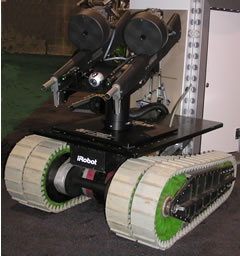
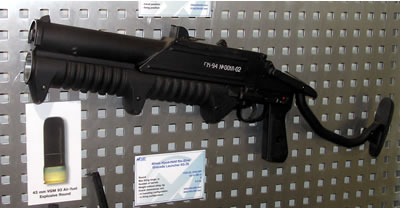

 In fact, the Washington report could not have come at more embarrassing timing indeed. Only two months ago President George W Bush spoke of the Iranian nuclear threat in terms of World War III.
In fact, the Washington report could not have come at more embarrassing timing indeed. Only two months ago President George W Bush spoke of the Iranian nuclear threat in terms of World War III.